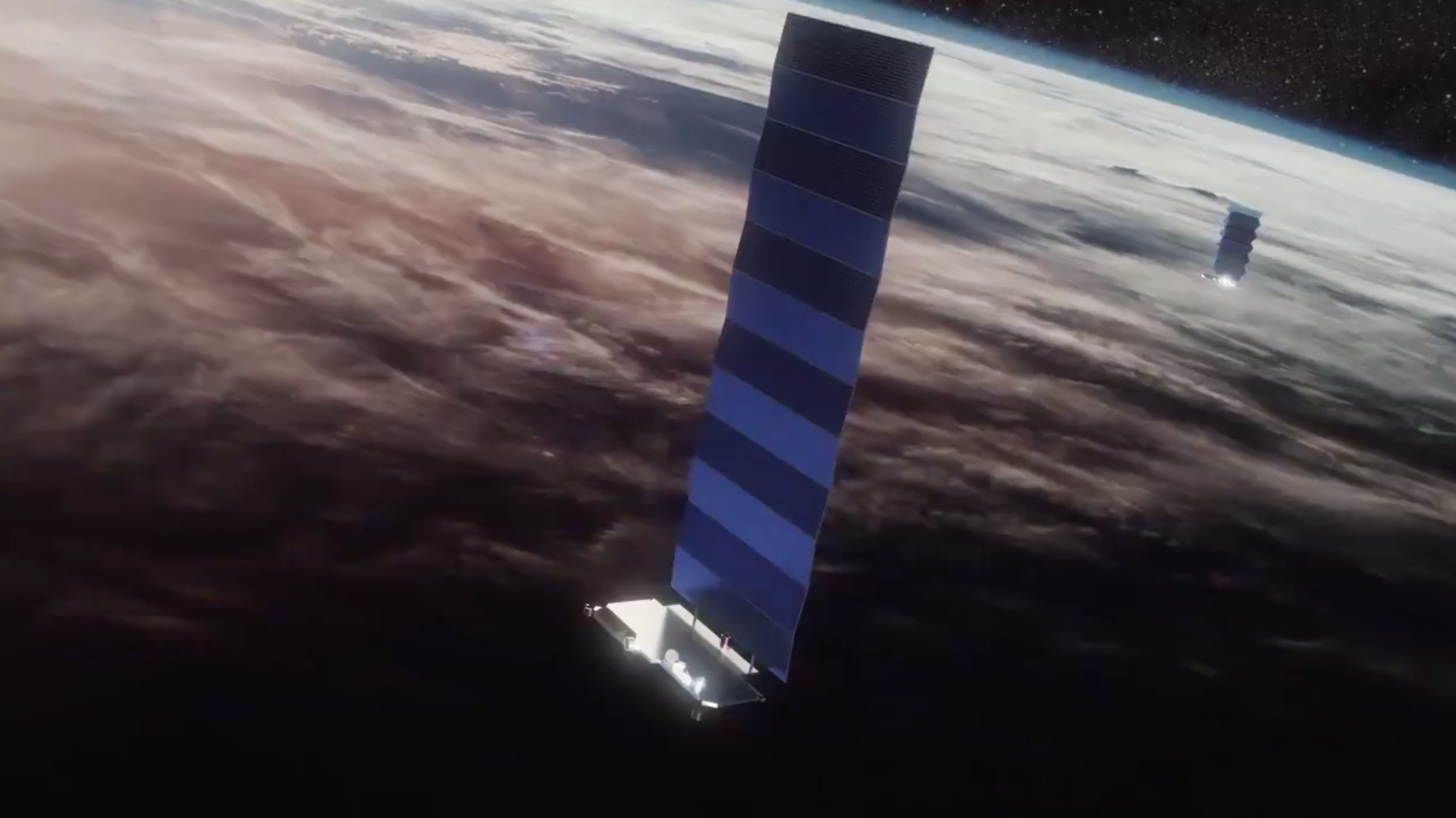WASHINGTON — The Federal Communications Commission will allow SpaceX to launch 10 Starlink satellites into polar orbit on an upcoming mission, but deferred a decision on a much broader modification of SpaceX’s license.
In an order published Jan. 8, the FCC granted SpaceX permission to launch 10 Starlink satellites into a 560-kilometer orbit with an inclination of 97.6 degrees. Those satellites will launch on a Falcon 9 no earlier than Jan. 14 as part of Transporter-1, a dedicated smallsat rideshare mission.
SpaceX had been lobbying the FCC for weeks for permission to launch Starlink satellites into a polar orbital plane as the FCC considers a modification of the company’s license to lower the orbits of satellites originally authorized for higher altitudes. That included a Nov. 17 request to launch 58 satellites into a single polar orbital plane, citing “an opportunity for a polar launch in December” that it did not identify.
In a Jan. 5 filing with the FCC, SpaceX said it spoke with FCC officials the previous day about this request. “SpaceX confirmed that if it receives the proper authorization, its forthcoming Transporter-1 mission will include 10 Starlink satellites targeted for operation in polar orbits,” the company stated.
SpaceX argued in filings that adding at least some satellites into polar orbits would allow it to begin service in Alaska, which is not in the coverage area of existing Starlink satellites launched into mid-inclination orbits. The company said in its November filing that “launching to polar orbits will enable SpaceX to bring the same high-quality broadband service to the most remote areas of Alaska that other Americans have come to depend upon, especially as the pandemic limits opportunities for in-person contact.”
Other satellite operators opposed the move. In a Nov. 19 filing, Viasat said that “commercial expediency” was not a sufficient reason for the FCC to grant SpaceX permission for launching satellites into polar orbit, raising concerns about the reliability of Starlink satellites and the orbital debris hazards they pose.
The FCC, in its order, concluded that allowing SpaceX to launch the 10 Starlink satellites into polar orbits was in the public interest. “We find that partial grant of ten satellites will facilitate continued development and testing of SpaceX’s broadband service in high latitude geographic areas in the immediate term pending later action to address arguments in the record as to both grant of the modification as a whole and the full subset of polar orbit satellites,” the order stated.
It rejected Viasat’s opposition to the request, stating that allowing the 10 satellites “does not present concerns in connection with the issues raised by commenters.” That included orbital debris concerns about failed Starlink satellites. “We conclude that the addition of these ten satellites is unlikely to have any significant incremental effect on the operations of other satellites in the relevant orbital altitudes,” the order stated.
The FCC, though, deferred a decision on SpaceX’s overall license modification request to lower the orbits of those satellites. In the order, the FCC didn’t state when it expected to rule on the full request.
